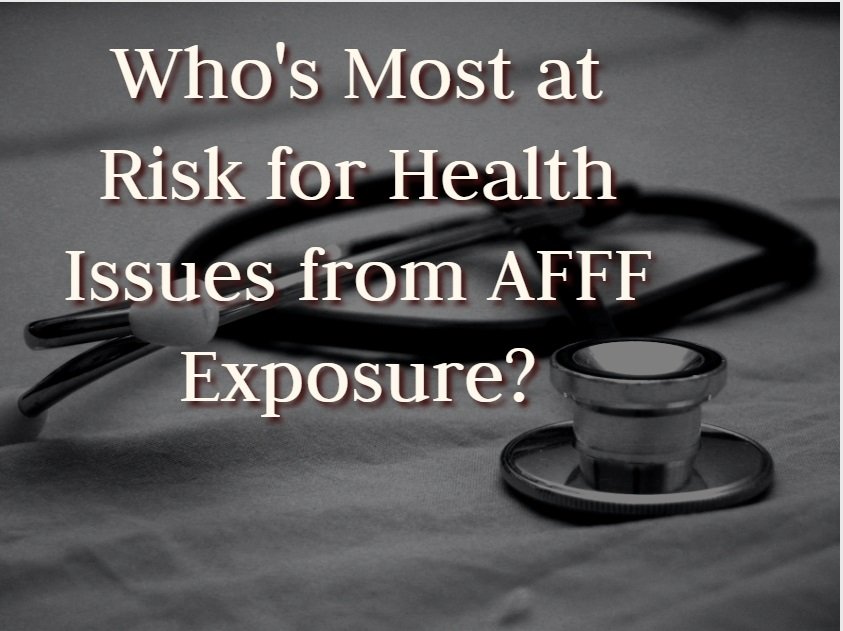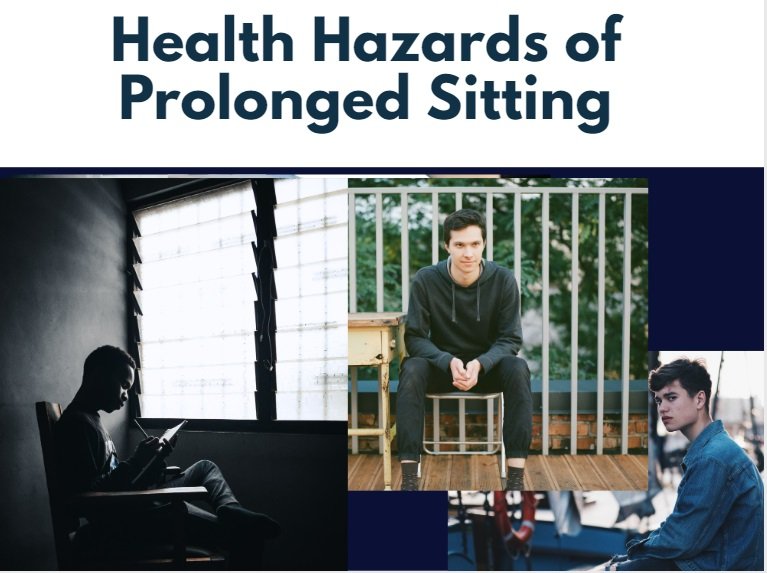Who’s Most at Risk for Health Issues from AFFF Exposure?
Aqueous film-forming foam (AFFF) serves as a firefighting foam utilized for suppressing liquid fuel fires. It is effective at its job but also contains per- and polyfluoroalkyl substances (PFAS). PFAS is a group of chemicals known to be harmful to human health.
People who are most at risk for toxic exposure are those who work with the foam regularly. They are also at risk for exposure if they live near facilities that use firefighting foam, such as airports and military bases. In this article, we will aim to untie the mystery surrounding fire foam and identify those most vulnerable to its effects.
Firefighters and First Responders
Firefighters and first responders face increased health risks due to exposure to AFFF while dealing with fire emergencies. These courageous individuals regularly encounter toxic foam during firefighting operations and hazardous material incidents.
The chemicals present in the foam, notably PFAS, have been linked to various health concerns, including cancer. Occupational exposure to PFAS can occur through turnout gear, foam, and air/dust at fire scenes and stations.
Studies indicate that firefighters have elevated levels of PFAS in their blood, underscoring the occupational hazard of firefighting foam exposure. CDC notes firefighters exposed to PFAS occupationally show blood concentrations surpassing US population averages, indicating heightened occupational exposure.
The data emphasizes this crucial demographic’s urgent need for awareness and protective measures.
Military Personnel
Within the realm of AFFF exposure, military personnel is a demographic facing substantial health risk. Firefighting foam has long been a staple in military training and operations, utilized to combat flammable liquid fires. However, the persistent chemicals within the foam have raised alarms regarding potential health implications for military members.
Ongoing exposure during training and deployments intensifies vulnerability among military personnel. Recent data underlines a rise in testicular cancer cases, emphasizing critical health concerns with prolonged exposure. It also underscores the urgency for protective measures and heightened awareness.
PBS News Hour reported that the new study on Air Force servicemen directly linked PFAS exposure to testicular germ cell tumors. It is these cell tumors that make up approximately 95% of testicular cancer cases.
Young adult men are most commonly diagnosed with testicular cancer. Active military personnel aged 18 to 40 in peak physical condition have the highest rate of diagnosis for this type of cancer. These statistics make it essential to explore mitigation strategies and alternative firefighting solutions to safeguard the health of our heroes.
Communities near AFFF-Contaminated Sites
The repercussions of AFFF extend beyond the immediate responders, casting a shadow over communities residing near contaminated sites. As it seeps into the environment, particularly groundwater, it poses a potential health threat to those living nearby. Residents may unknowingly face exposure through water sources or environmental contact, leading to concerns about long-term health effects.
Communities near contaminated sites must be informed about the potential health risks and provided with resources to protect themselves. It may include testing drinking water for PFAS contamination, providing filters to remove toxins from drinking water, and conducting health screening camps.
The government and industry should work together to clean up community contamination and develop PFAS-free firefighting foams.
Pregnant Women and Kids
Amidst the concerns surrounding AFFF, pregnant women and children emerge as particularly vulnerable cohorts. PFAS can cross the placenta and enter breast milk, exposing unborn babies and breastfed infants to these harmful chemicals. Understanding the risks associated with fire-extinguishing foam becomes paramount as these groups are more susceptible to environmental exposures.
Exposure to toxic chemicals during pregnancy and early childhood can lead to low birth weight, premature birth, and birth defects. Also, it may cause delayed growth, immune system problems, and an elevated risk of cancer.
Those parents who believe that their children suffer different health issues due to exposure to forever chemicals are claiming their damages. These parents are filing lawsuits against the firefighting foam manufacturers, holding them responsible for their injuries. Manufacturers like 3M have settled a few litigations through settlements; many others are pending.
In the latest AFFF lawsuit update, in October 2023, Delaware Attorney General Kathy Jennings filed a lawsuit against 14 companies, including 3M Company. The suit alleges their production of firefighting foam led to soil and aquifer contamination with “forever chemicals.” Plaintiff should also stay updated with the latest developments in their lawsuits.
Health Implications and Concerns
The health implications stemming from AFFF exposure have sparked a wave of concern and, in some cases, legal action. The fire-suppression foam contains forever chemicals, known for its persistence and potential adverse effects on human health. Individuals exposed to these chemicals face increased risks of various health issues, ranging from reproductive complications to immune system disruptions.
According to TorHoerman Law, AFFF contains toxic chemicals linked to various cancers, including prostate, testicular, kidney, pancreatic cancer, and more. The implications for public health are alarming and demand urgent attention.
Researchers are uncovering PFAS’s long-term health effects, emphasizing its substantial impact on human health, despite ongoing exploration in this field.
Legal Action and Compensation
AFFF-affected individuals, communities, and governmental bodies are turning to legal avenues for accountability and restitution, seeking justice for health damages. Several lawsuits are pending against manufacturers of PFAS-containing foam. Also, there are numerous cases against the government for its role in the forever chemical crisis. You may be eligible for compensation if you have been exposed to toxic foam and have developed health problems.
In June 2023, DuPont and two related companies agreed to pay nearly $1.2 billion to settle liability claims. PFAS maker 3M is reportedly considering a settlement to avoid allegations of knowingly contaminating drinking water supplies across the US. The Guardian reported these developments.
The settlements signal a significant step in addressing PFAS-related concerns and their impact on public water systems.
Prevention and Awareness
The best way to protect yourself from the harmful effects of AFFF exposure is to prevent exposure in the first place. If you work in a profession exposed to these chemicals, take steps to reduce your exposure. It may include wearing PPE, like respirators and turnout gear, and avoiding areas where the chemical is used when possible.
It is also important to be aware of the signs and symptoms of PFAS exposure. Exposure symptoms may include fatigue, headache, nausea, vomiting, and diarrhea. Also, abdominal pain, muscle and joint pain, skin rash, hair loss, and appetite changes can occur. Weight fluctuations may also be observed.
If you experience any of these symptoms, it is important to see a doctor to get tested for toxic chemical exposure.
Final Thoughts
In the intricate tapestry of AFFF exposure, the threads of concern are woven across diverse demographics. Each group discussed above faces unique vulnerabilities to the health risks associated with fire-extinguishing foam. The data paints a sobering picture, revealing elevated risks and a surge in legal actions seeking accountability.
As we navigate this landscape, a call to action resonates. The evolving legal landscape underscores the need for industry accountability. The intersection of science, advocacy, and policy becomes paramount in the quest for a safer future. Let’s work towards a world where everyone’s health is safeguarded, dispelling the shadows of chemical exposure through collective responsibility.



